Technological Advancements in Brush Design
Technological innovations are significantly influencing the Cosmetic Brush Market, leading to the development of advanced brush designs that enhance user experience. Innovations such as synthetic bristles that mimic natural hair, ergonomic handles, and antimicrobial properties are becoming increasingly prevalent. These advancements not only improve the functionality of cosmetic brushes but also cater to the evolving preferences of consumers who seek high-performance tools. The integration of technology in brush manufacturing has the potential to increase market competitiveness, as brands that adopt these innovations may capture a larger share of the market. As a result, the Cosmetic Brush Market is likely to experience growth driven by these technological enhancements.
Increasing Demand for Eco-Friendly Products
The Cosmetic Brush Market is witnessing a notable shift towards eco-friendly products, driven by consumer awareness regarding sustainability. As more consumers prioritize environmentally responsible choices, brands are adapting their offerings to include brushes made from biodegradable materials and cruelty-free fibers. This trend is reflected in the growing sales of eco-conscious cosmetic brushes, which have seen a rise of approximately 20% in recent years. The demand for sustainable products not only caters to ethical considerations but also aligns with the broader movement towards reducing plastic waste in the beauty sector. Consequently, companies that invest in sustainable practices are likely to enhance their market position and appeal to a conscientious consumer base.
Growth of the Beauty and Personal Care Sector
The Cosmetic Brush Market is benefiting from the overall expansion of the beauty and personal care sector, which has been experiencing robust growth. With an increasing number of consumers investing in beauty products, the demand for high-quality cosmetic brushes is also on the rise. Market data indicates that the beauty and personal care sector is projected to grow at a compound annual growth rate (CAGR) of around 5% over the next few years. This growth is likely to drive the demand for cosmetic brushes, as consumers seek tools that complement their beauty routines. Consequently, brands that effectively position their products within this expanding market may find ample opportunities for growth.
Influence of Beauty Influencers and Social Media
The Cosmetic Brush Market is significantly impacted by the rise of beauty influencers and the pervasive nature of social media. Influencers play a crucial role in shaping consumer preferences and driving trends, often showcasing specific brushes and techniques to their followers. This phenomenon has led to increased visibility for various brands and products, resulting in heightened demand for featured items. The Cosmetic Brush Market appears to be thriving as influencers promote the importance of using quality brushes for makeup application. As social media continues to evolve, brands that leverage these platforms effectively may enhance their market presence and attract a broader audience.
Rising Interest in Makeup Artistry and Education
The Cosmetic Brush Market is experiencing growth due to the rising interest in makeup artistry and education. As more individuals pursue careers in beauty and makeup, there is an increasing demand for professional-grade tools, including high-quality brushes. Educational institutions and online platforms are offering courses that emphasize the importance of using the right tools for makeup application, thereby driving sales in the Cosmetic Brush Market. This trend is further supported by the growing popularity of makeup tutorials and workshops, which often highlight the necessity of investing in quality brushes. As the interest in makeup artistry continues to rise, the market for cosmetic brushes is likely to expand correspondingly.


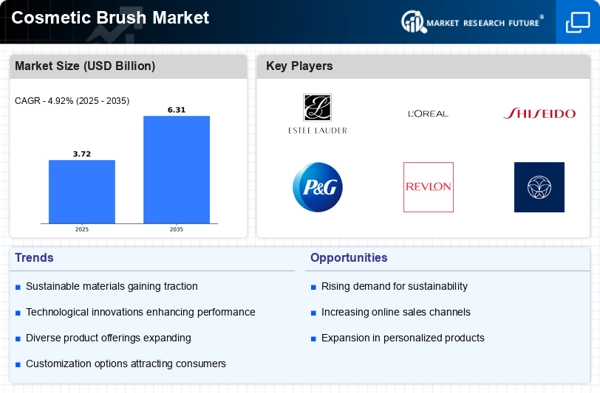
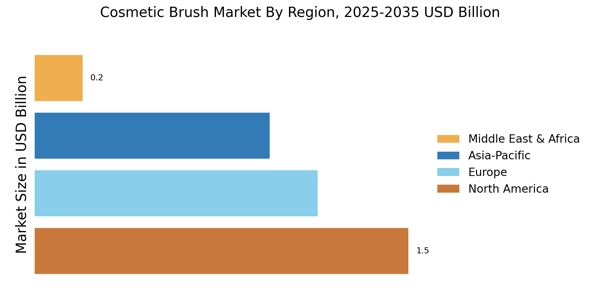
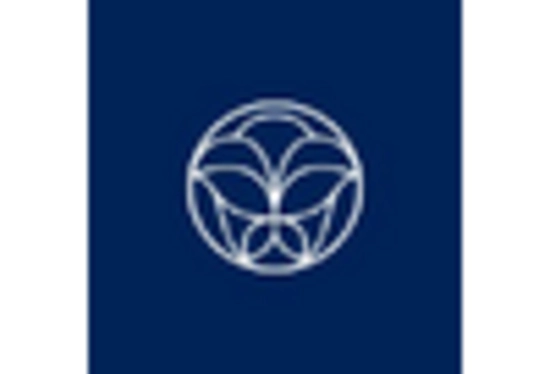



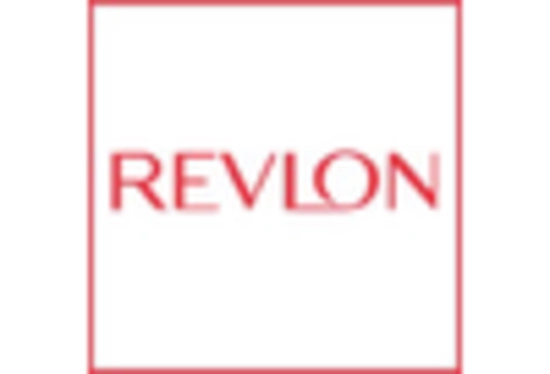
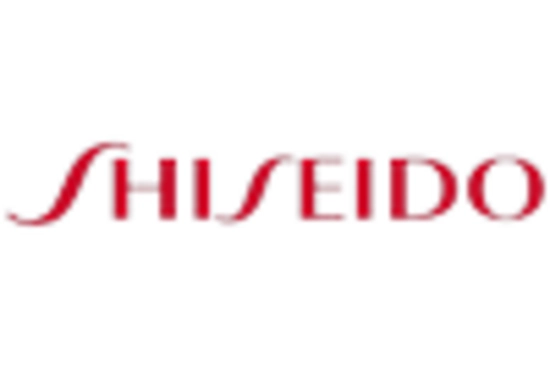








Leave a Comment